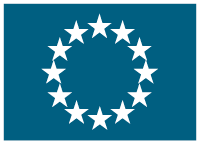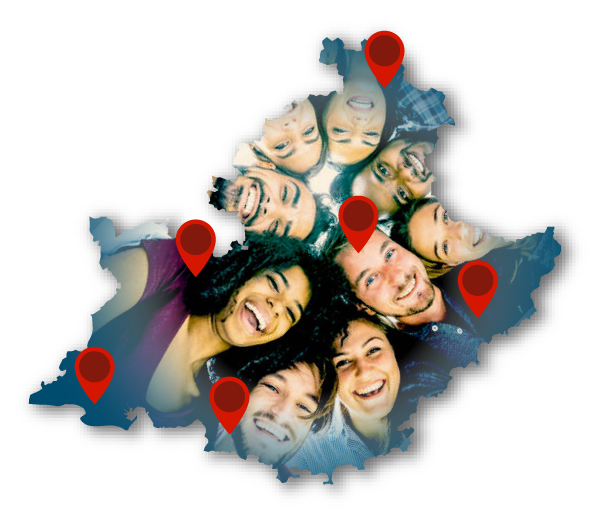Integración de Nuevas Metodologías Lingüísticas en el Azud de Alfeitamí
Start date: Jun 1, 2015,
End date: May 31, 2016
PROJECT
FINISHED
CONTEXT
The primary objective of our institution is the increase in the percentage of graduated students and the improvement of their professional and academic expectations. In order to achieve that objective, our school wants to carry out a project which improves the students’ communication in the different languages imparted in the centre through language integrated learning (co-operation among the different teaching departments) which will be adapted to the diversity and the implementation of new teaching methodologies which integrate the key competences (encouraging lifetime learning).
The objectives can be summarized into six categories:
1) To improve our students’ academic performance as well as their academic and professional expectations.
2) To enhance specific programs to respond to diversity in Compulsory Secondary education.
3) To enhance the participation in educational activities such as contests, Olympics (math, physics and chemistry, foreign languages,…) cultural exchanges, training practice in Europe, Erasmus…
4) To promote reading through a Reading Promotion Plan.
5) To improve the students’ language skills.
6) To implement new teaching methodology.
NUMBER AND PROFILE OF PARTICIPANTS
Three English teachers and the head of studies with extensive experience in language diversity programs as it is reflected in their CVs.
DESCRIPTION OF THE ACTIVITIES
The above mentioned teachers will attend training courses in August. The English teachers will take part in the course Creative Methodology for teachers of English as a second language which will take place from 10th to 14th August in London. The head of studies will attend the course Activate your English and this will take place from 3rd to 14th August in Leeds.
METHODOLOGY USED TO CARRY OUT THE PROJECT
The different departments make the most of, not only the traditional methods which really work in the students’ learning process but also the new digital methodologies which motivate both the teacher and students. In order to develope the project, we will also try to use the most advanced digital media such as Prezi and Powtoon which obviously reach the recipient in a more effective way.
BRIEF DESCRIPTION OF THE ESTIMATED RESULTS AND IMPACT
We consider that the major impact focuses in the acquisition of new pedagogical methods which can be spread among the rest of members of the School community and which, in turn will be reflected in the improvement of our students’ communicative competences. We would like to implement the knowledge acquired during the entire academic year in our eTwinning platform to develop our project “Where I live” and be able to make the most of all the skills acquired with the help of our European partners. Right now we have three partners from Secondary Education in the United Kingdom with different educational backgrounds.
Through different informative and outreach activities we will notify our School Community of the training activities carried out during the academic year.
Besides, through the school webpage and the creation of a specific blog, we will respond to questions concerning the project. This diffusion will also be possible through School Open Days which will be organized in the centre to inform the School Community (students’ parents, Ampa, School council, etc) and also the local and regional institutions interested in the project. A newsletter or monthly letter will also be provided to report on our academic progress.
POSSIBLE LONG TERM BENEFITS
With this project we intend to obtain benefits in the short and long term with the help, not only of our teaching staff but also our European partners in our eTwinning platform. In order to ensure the continuity of the project, all activities will be taken into account, studied, agreed and extended by our School community. First, we will use general questionnaires that will enable us to get feed-back from our peers and in this way, advance with the objectives fixed and also extend them to the rest of teachers. Later on, we will make use of programmed and guided activities which have been learnt during the year in order to verify that the expected results have been achieved.
Get Access to the 1st Network for European Cooperation
Log In
or
Create an account
to see this content
Coordinator
- http://iesazud.edu.gva.es
- C/ MÉDICO JULIO GARCÍA, 3, 03160ALMORADÍComunidad Valenciana (Spain)


